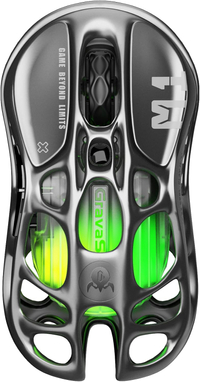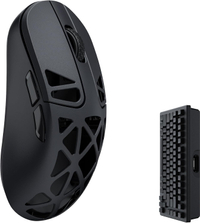The best wireless gaming mouse in 2025
Choose the best wireless gaming mouse to improve your setup

The best wireless gaming mouse can deliver performance equivalent to the best gaming mice. Quality wireless gaming mice from reputable manufacturers ensure you won't suffer lag, impression and dropped signals. These wireless peripherals not only keep your desk free of extra cable but they can even give you an edge when playing competitive online games or the best PC games in general.
We at Tom's Guide have reviewed dozens of gaming mice from trusted brands like Glorious, SteelSeries, Redragon and Alienware. All of these offer different features, but no matter which mouse you opt for, you’ll experience an enjoyable (and precise) gaming experience. This includes everything from an all-arounder like the Alienware Pro to budget offerings like the Redragon M916.
Here are some of the best wireless gaming mice you can buy right now.
The quick list
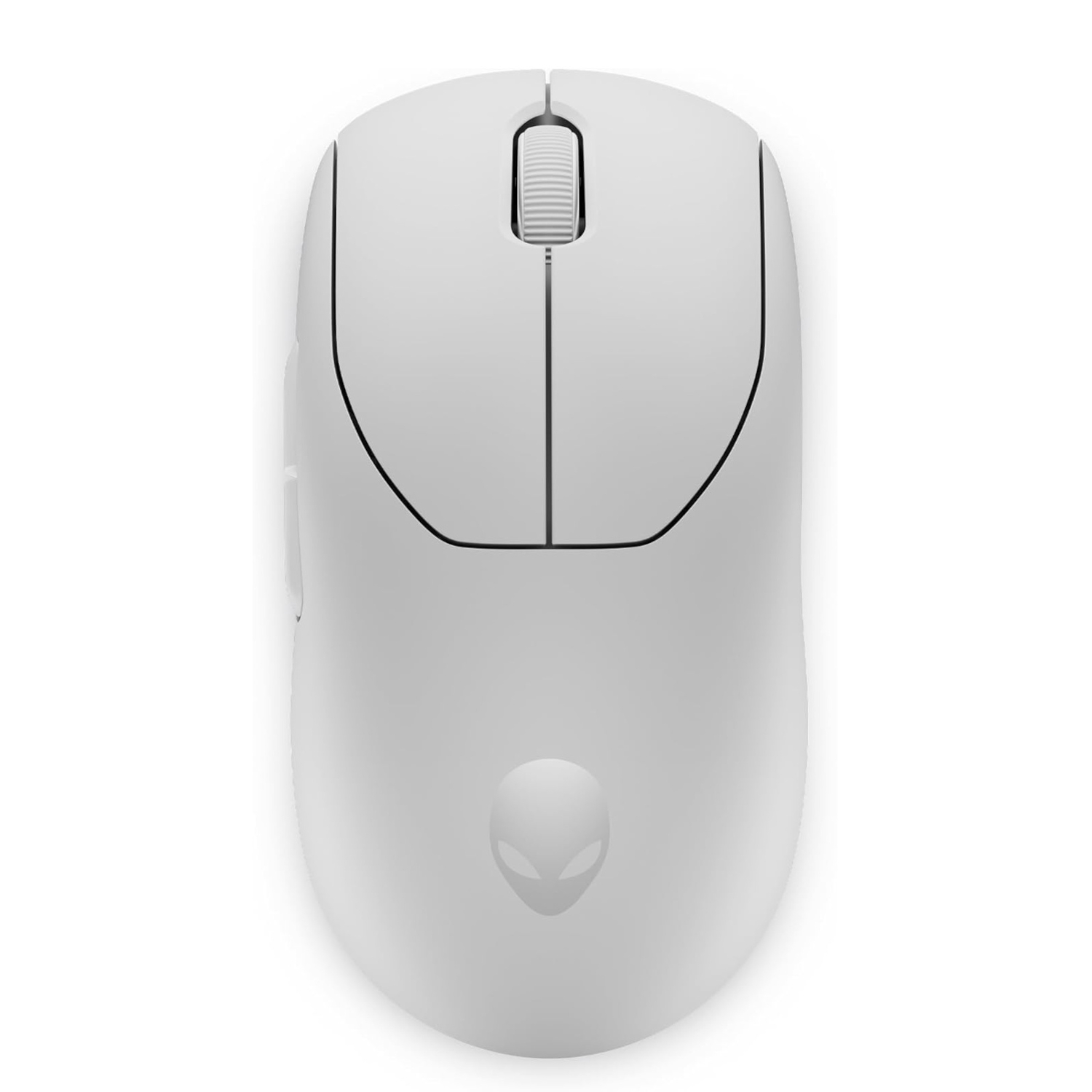
The Alienware Pro is a beautiful beast of a wireless gaming mouse. If you need high DPI settings to tame online opponents, this peripheral has you covered. With strong software and stronger looks, the only reason Dell’s pointer isn’t a complete no-brainer purchase comes down to its price and lack of RGB lighting.
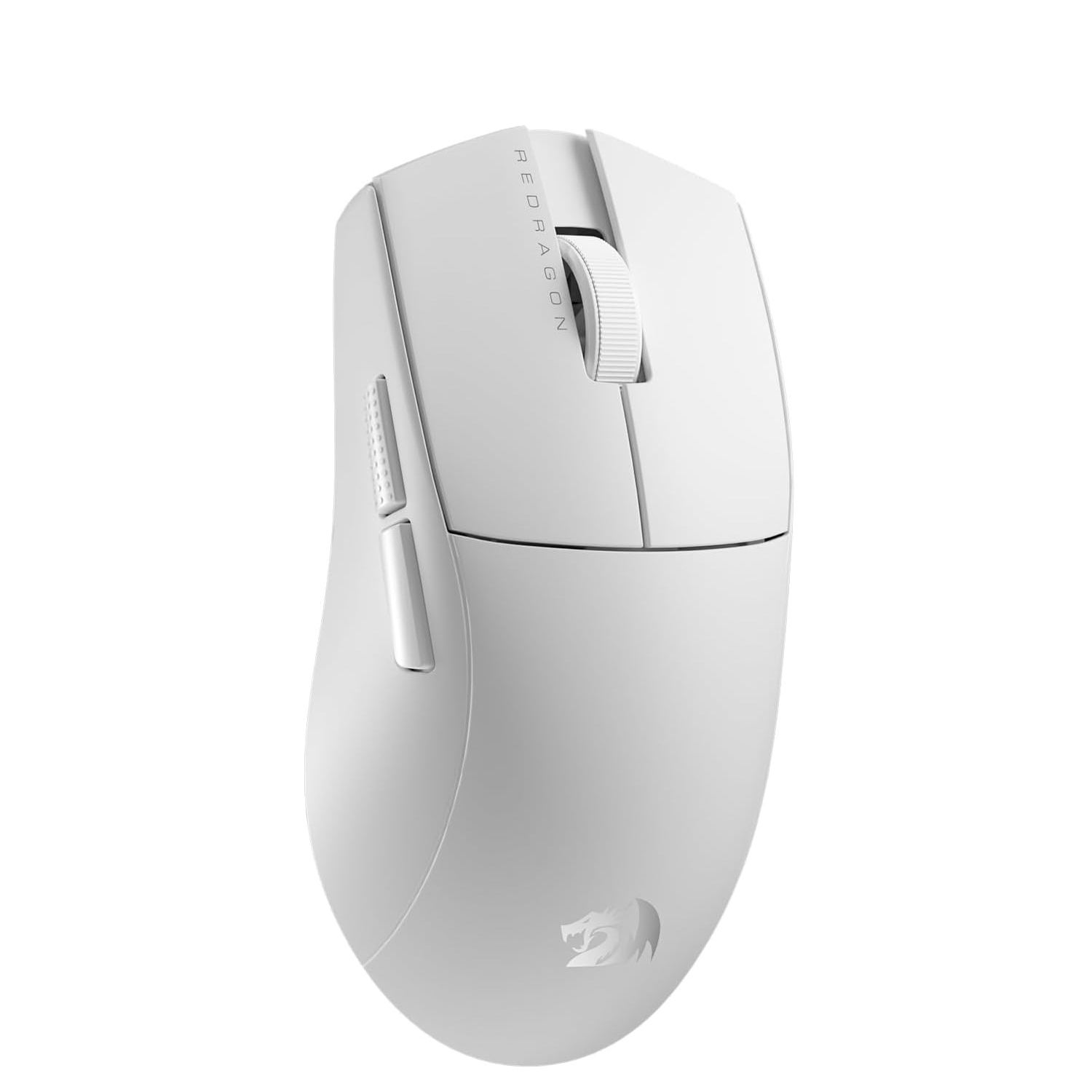
The Redragon M916 is a cheap but cheerful wireless gaming mouse that’s great for anyone looking for an ultra-lightweight alternative to the more premium options. As long as you can look past the boring visual design and don't wince too much at the cheap plastic, this mouse offers great value.
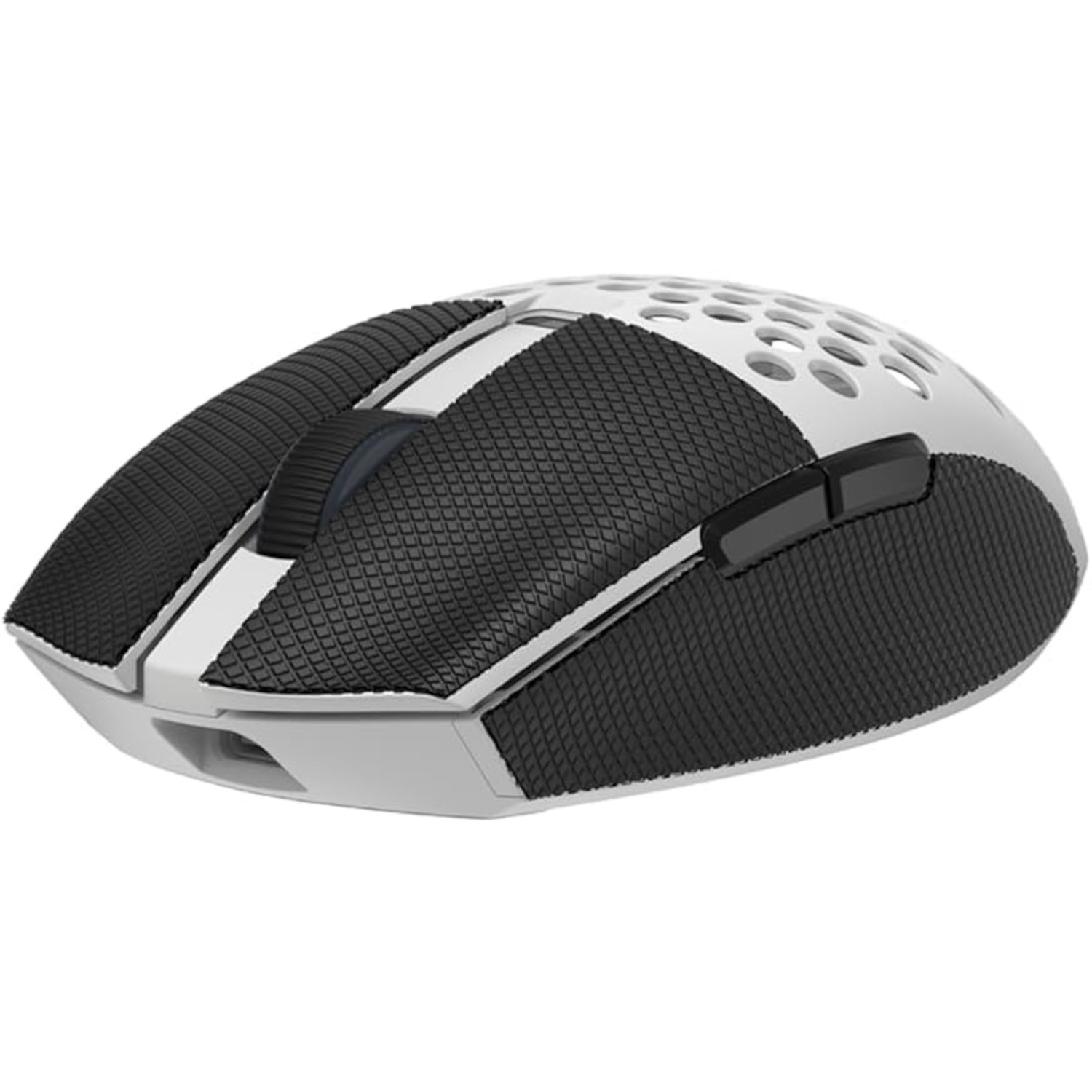
A tightly designed, minimalist look pairs nicely with a lightweight yet high-quality build to bring the Aria into the upper echelons of mid-range gaming mice. It’s well worth the price thanks to its game-winning performance, with every feature you could really want on a wireless mouse. This is a true winner.
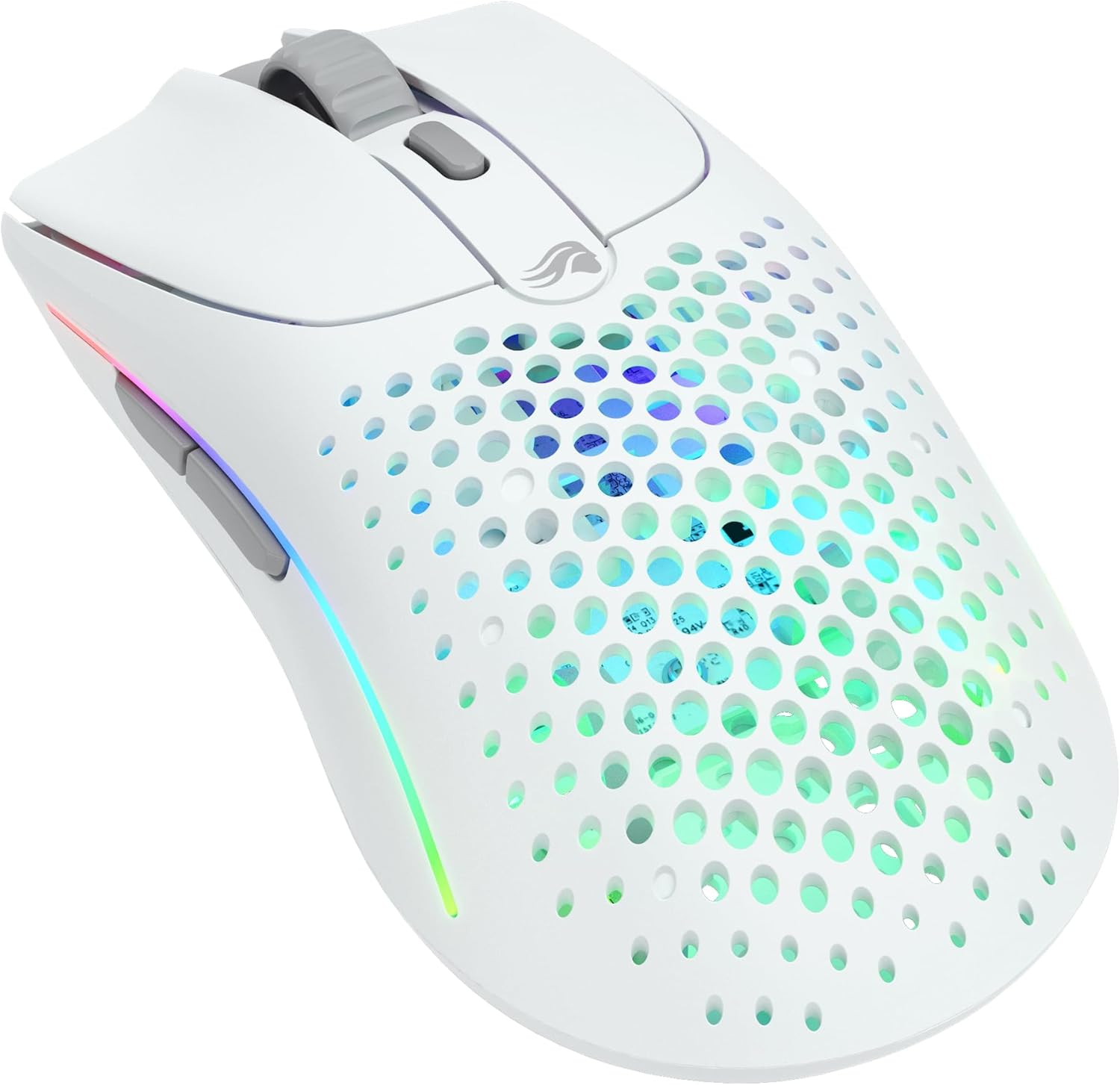
The Glorious Model O 2 wireless gaming mouse features a sleek, perforated design to make it super light. Pair that with a maximum DPI of 26,000 and a 1,000Hz polling rate and you’ve got the near-perfect pointer for precision aiming and shooting. Its RGB lighting is also stunning without looking tacky.
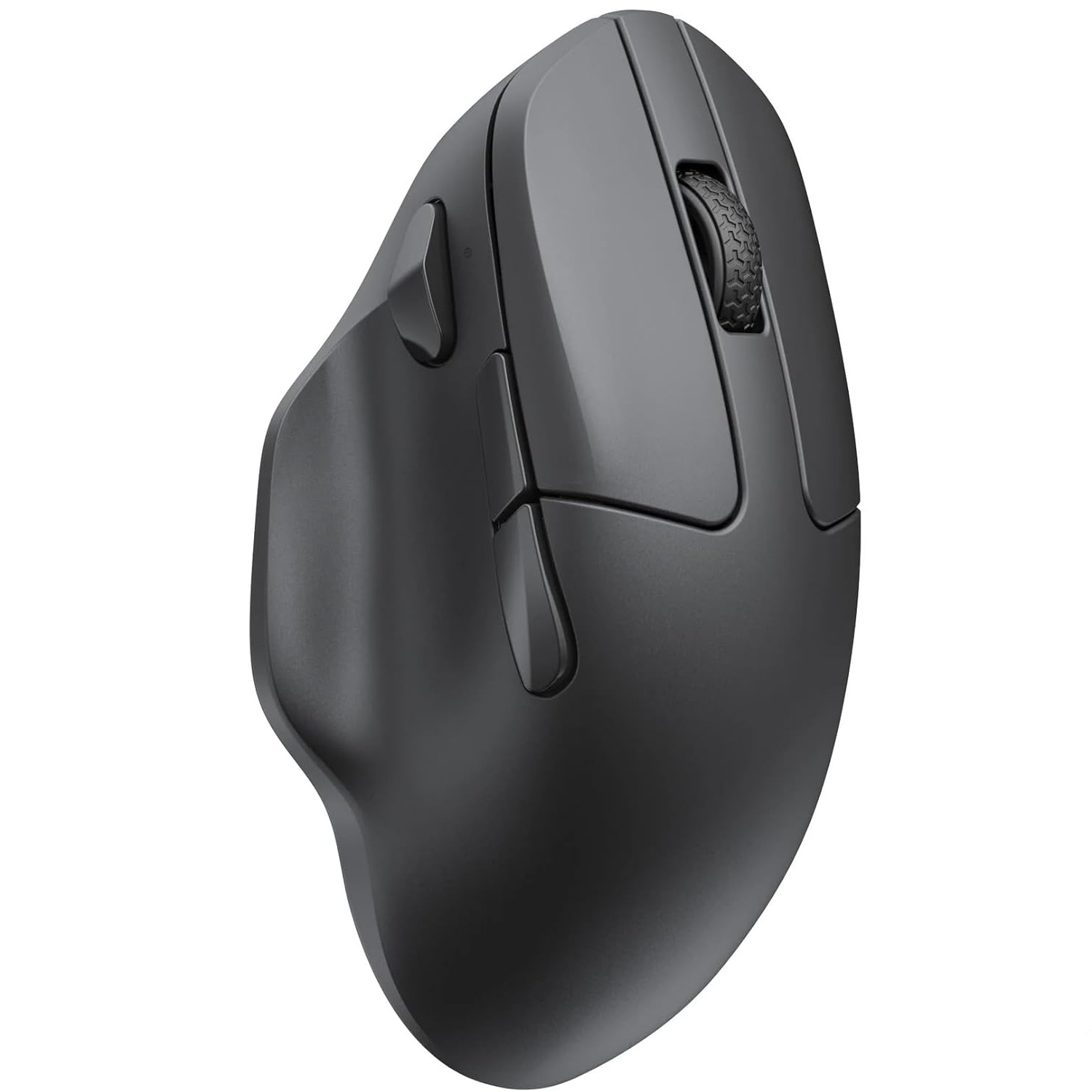
The Keychron M7 is a high-performing gaming mouse with a maximum DPI of 26,000 and a 1,000Hz polling rate which make it a compelling choice for FPS and RPGs. With a lightweight yet sturdy body, this is an ergonomically friendly mouse for right-handed people. However, its battery life is poor and there’s no left-handed variation.
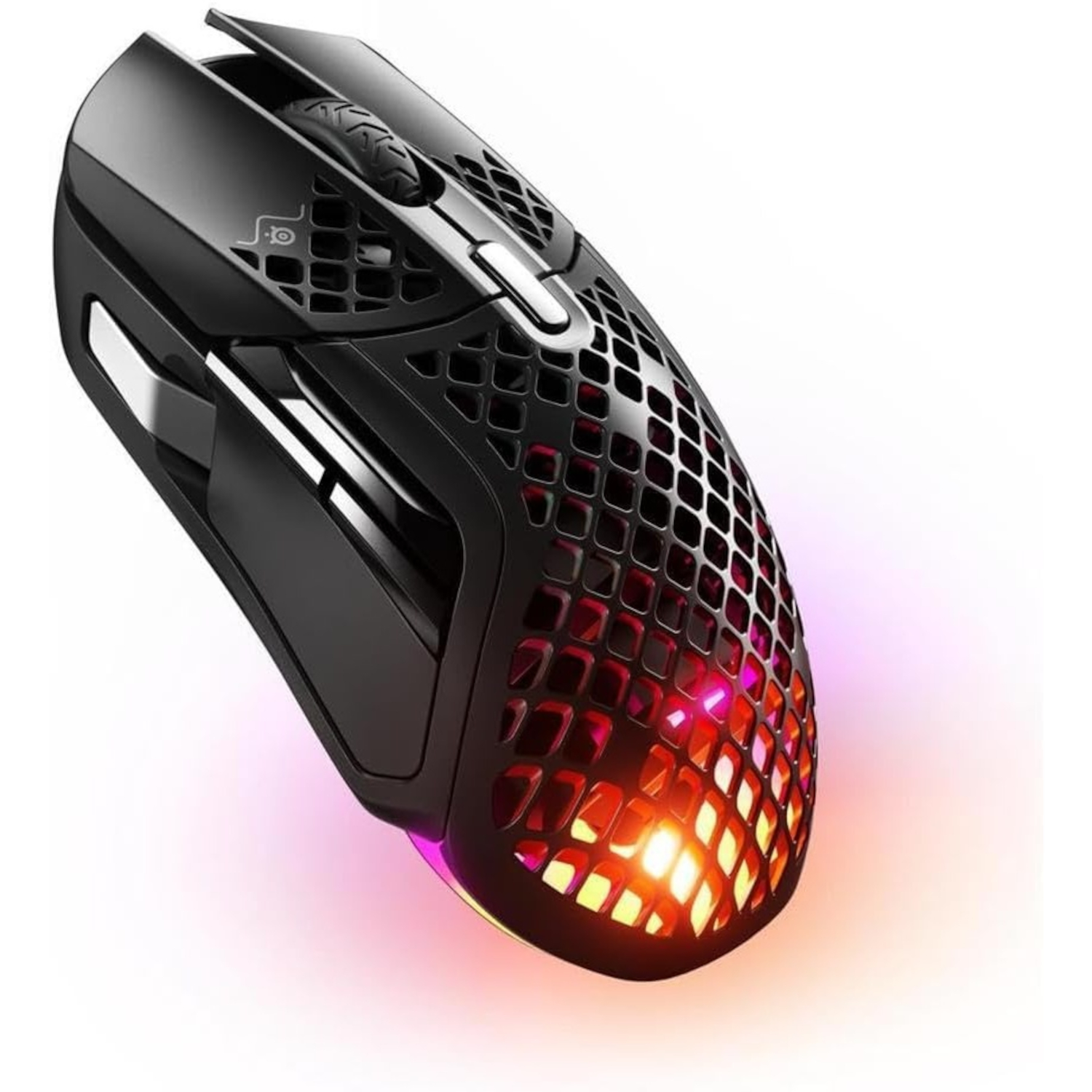
The SteelSeries Aerox 5 offers a great level of versatility thanks to the nine customizable buttons, which makes it appealing to both casual and competitive gamers alike. However, a very poor battery life makes it hard to recommend if you want maximum performance on a purely wireless mouse.

Tony Polanco is a Senior Writer for Tom's Guide and a lifelong gamer. For gaming mice, Tony prefers a lightweight design and plenty of programmable buttons. This combination gives Tony the edge he needs in competitive games and the versatility for everyday work. And if the gaming mouse is wireless, then it's even more to Tony's liking since it means fewer cables on his desk.
The best wireless gaming mouse you can buy today
Why you can trust Tom's Guide
Here is a detailed look at the wireless gaming mice I recommend, based on our reviews and my hands-on experience.
The best wireless gaming mouse overall

Specifications
Reasons to buy
Reasons to avoid
The Alienware Pro is the company’s first professional-gamer grade gaming mouse and it’s easily one of the best in this class—especially if you’re looking for a mouse to help you in competitive games. While this clicker commands a premium price, there’s a lot to like about this clicker.
Like any worthwhile gaming mouse, the Alienware Pro has a high DPI—26,000 to be specific. Even if you don’t have lighting-quick reflexes to fully take advantage of the DPI, you’ll still benefit. The mouse is also super light at 2.08 ounces, which also aids in super-smooth movements. It also feels lovely to hold and glides unlike any other mouse we’ve tested.
The Alienware Pro performed great when we played some of the best Steam games. First-person-perspective titles like Doom Eternal, Resident Evil: Village, and Cyberpunk 2077: Phantom Liberty feel tremendously responsive without being overly twitchy thanks to the mouse’s accuracy using a DPI setting of 9,000. But of course, you can set the DPI much higher to get even more precision.
Despite being Alienware’s first pro-grade gaming mouse, it holds its own against the likes of similar peripherals like the SteelSeries Aerox 5 and Keychron M7 on this list. Alienware clearly did its homework when creating this mouse.
The Alienware Pro is certainly great but it’s not perfect. If you’re on a budget, the $149 asking price presents a steep hurdle. The lack of RGB lighting could also be a turn-off if you want a gaming mouse that looks the part.
Price and non-existent lighting options aside, the Alienware Pro is a brilliant peripheral for pro and general gamers alike. If you can spare the cash, do yourself a favor and pick up this top-tier gaming mouse. We promise you won’t be disappointed by its performance.
Read our full Alienware Pro review.
The best budget wireless gaming mouse
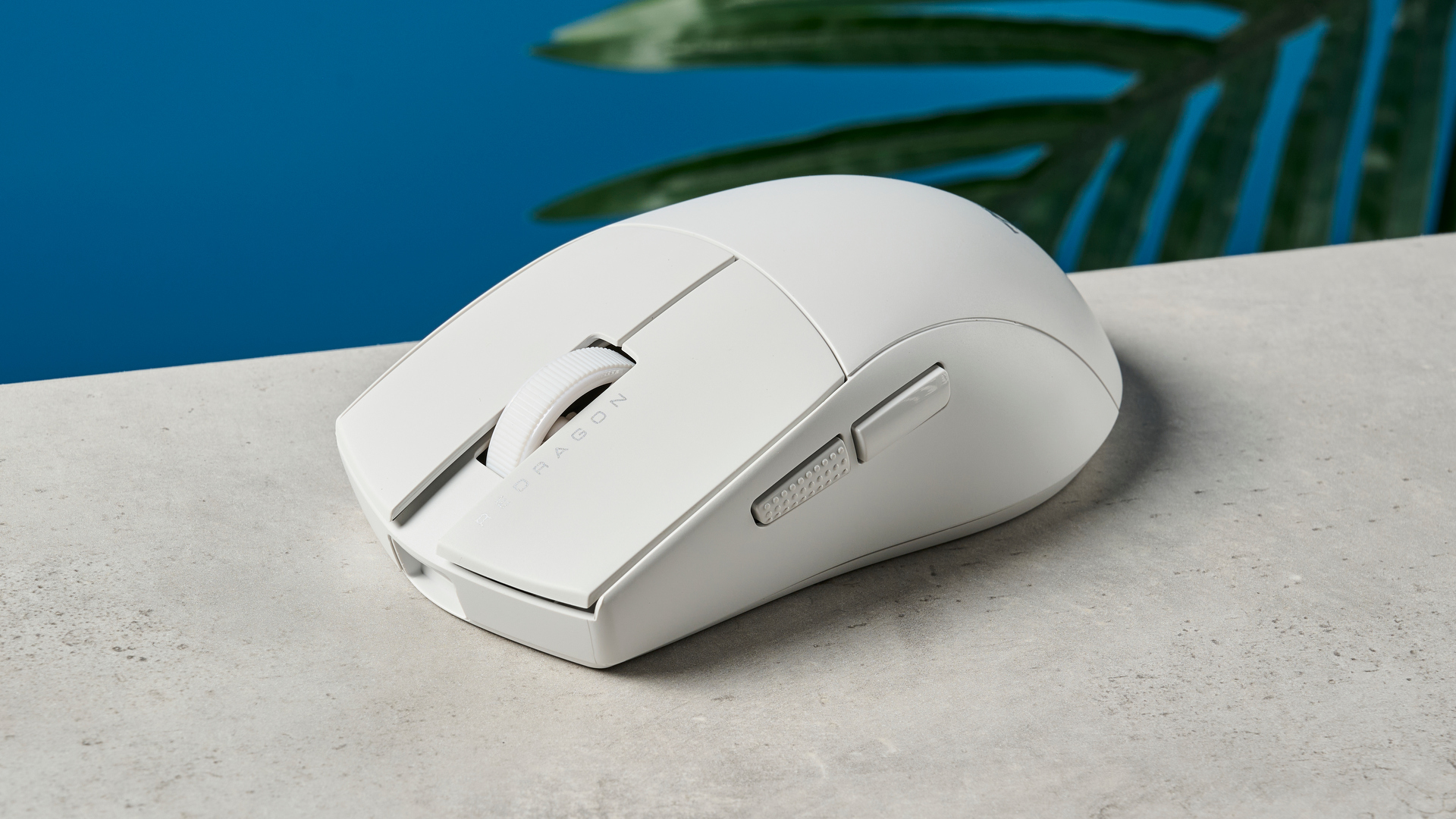
Specifications
Reasons to buy
Reasons to avoid
The Redragon M916 proves you don’t have to break the bank for an excellent gaming mouse. Weighing in at just 1.7 ounces and featuring a 4,000hz polling rate, it raises the bar of what is possible for a budget gaming mouse. However, given its budget nature, there are some drawbacks.
Though its 4,000Hz polling rate is lower than other clickers on this list, you get fantastic performance for this price. There are a slew of great features, such as snapping that can remove inaccuracies from your mouse movements, and motion sync, which can increase the accuracy of the sensor. The super low 1.7-ounce weight also contributes to the mouse’s performance since it glides so smoothly.
In our testing, we kept the mouse between 500 to 1,000 DPI, though you can bump it up to as high as 26,000 DPI. This crushes the low caps of budget mice like the SteelSeries Rival 3 ($30) and matches higher-end peripherals like the Alienware Pro ($149). The sensor is perfect for FPS games, with responsive times and accuracy. The M916’s performance is effectively on par with more expensive devices like the Turtle Beach Kone XP Air ($129).
As expected, there are some drawbacks to this budget mouse. Its design is somewhat boring and its cheap-feeling plastic won’t win anyone over. We also feel that the feet create too much friction, forcing you to use one of the best mouse pads to compensate. Also, aside from a single (customizable) RGB light under the mouse which indicates the DPI profile, this gaming mouse isn’t very colorful.
Flaws aside, the Redragon M916 is an excellent wireless gaming mouse for its price. If you don’t want to spend a lot for a worthwhile gaming clicker, this is the mouse to get.
Read our full Redragon M916 review.
The best lightweight wireless gaming mouse
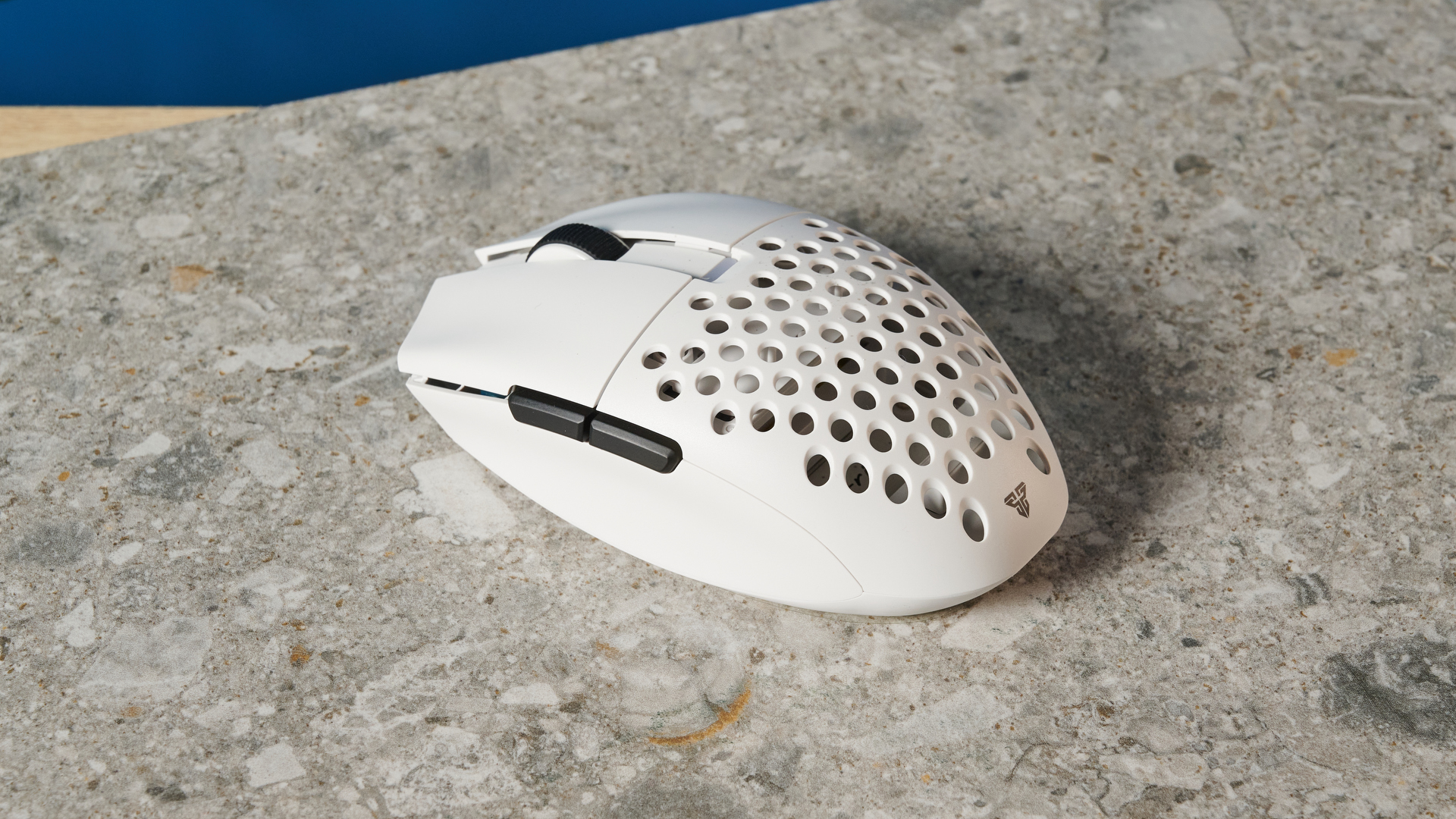
Specifications
Reasons to buy
Reasons to avoid
The Fantech Aria XD7 is ideal if you’re looking for a super lightweight wireless gaming mouse. This mouse’s light design not only improves your gaming performance but also makes it easier to travel with. Toss in its clean design, and Fantech’s little mouse threatens to knock its competitors off their respective pedestals.
The minimalist design is reminiscent of the Logitech G Pro X Superlight 2, which is also one of our favorite gaming mice. The Aria XD7 has a similarly high-quality versus Logitech’s, with a smooth body that feels good in your hands.
The minimalist design on the Aria reminds me of the sleek look of the Logitech G Pro X Superlight 2 ($149), one of our favorite gaming mice. The plastic feels similarly high quality versus the Logi, and the smooth body of the Aria sits well in my hand. If you’re not a fan of the honeycomb case, you can swap it out for a solid back on the fly.
Design isn’t this mouse’s sole virtue as it also delivers great performance. We had no problems using the mouse for everyday work and competitive online matches. In Counter-Strike 2, we managed to get more headshots than normal, which we attribute to the low weight and fantastic sensor that allowed us to pull off quick flicks and accurate shots. The buttons are also very clicky, which serves to make gaming more enjoyable.
There’s not much to fault with the Aria XD7. The main limitations are its size and shape, which may not be suitable for larger hands. Battery life isn’t great due to the small capacity, and the companion software is a little rough around the edges.
If you have large hands you may want to skip it. But if you’re looking for a small and lightweight mouse, then the Fantech Aria XD7 is one of the best and lightest clickers out there. With the conveniences of onboard dongle storage and a replaceable honeycomb case, the Aria is a complete package and an absolute steal for the price.
Read our full Fantech Aria XD7 review.
The best wireless gaming mouse for work
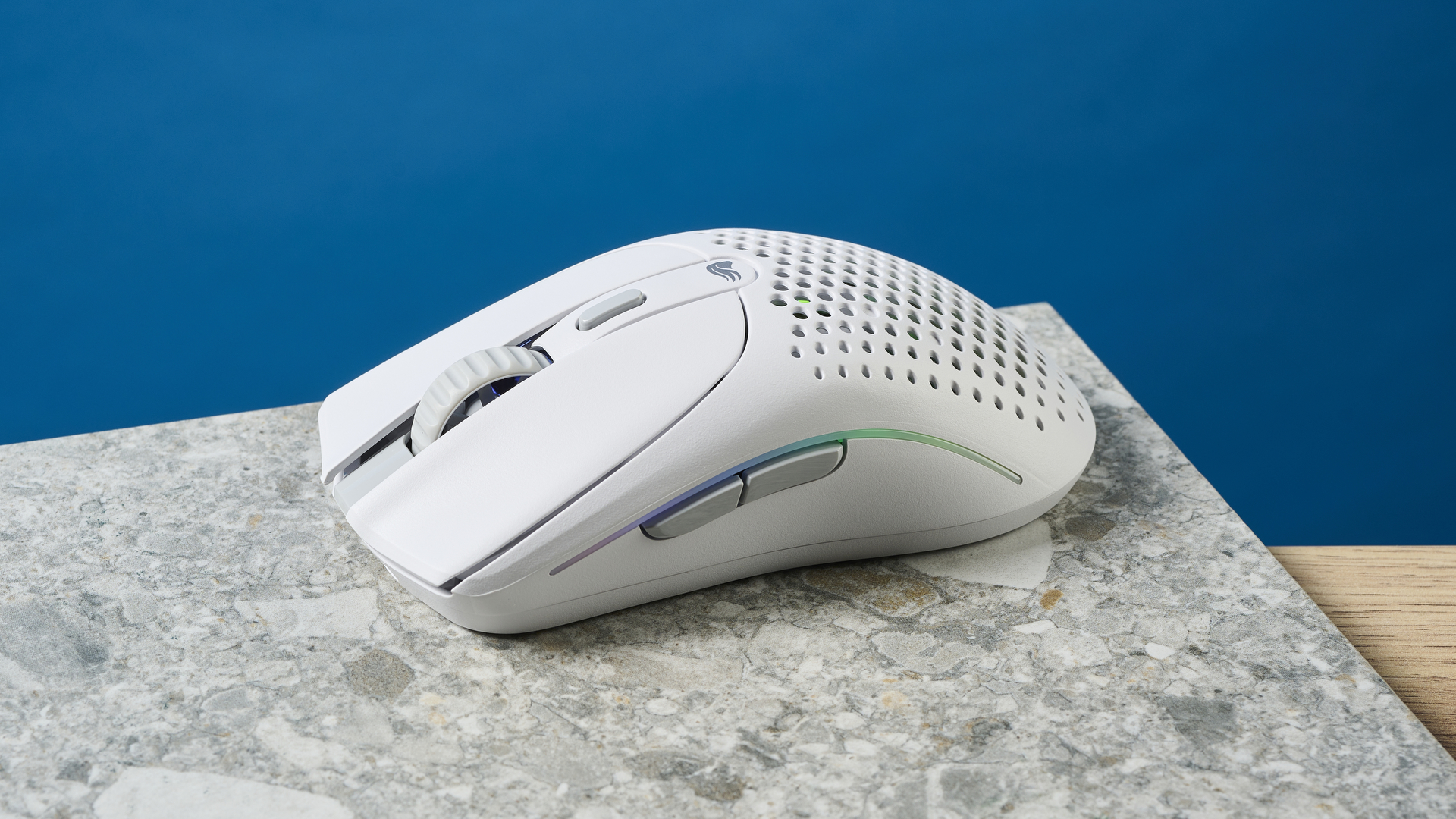
Specifications
Reasons to buy
Reasons to avoid
As far as wireless gaming mice go, the Glorious Model O 2 succeeds on many fronts. Even though it has a perforated design to make it more aerodynamic and light, it’s sturdy enough when you use it. A well-designed mouse, the Model O 2 is also high-performing — clocking in a 1,000Hz polling rate and a maximum DPI of 26,000, which is great for competitive gaming requiring precision aiming and shooting.
It also glides really well, and we mean as smooth as butter, adding more to your experience. Also, it features stunning RGB lighting which shines through the LED strips on both sides and the holes on the body.
However, the perforated design won’t be for everyone, especially if you suffer from trypophobia or hate seeing visible grime and dirt build up inside the mouse. There’s also no onboard storage for the 2.4GHz dongle so you have to be extra careful to not lose it.
But if these shortcomings don’t bother you and you’re a competitive gamer who wants to get the most out of your mouse without spending more than $100, the Model O 2 is the one for you. It’s worth every penny.
Read our full Glorious Model O 2 review.
The best wireless gaming mouse for FPS
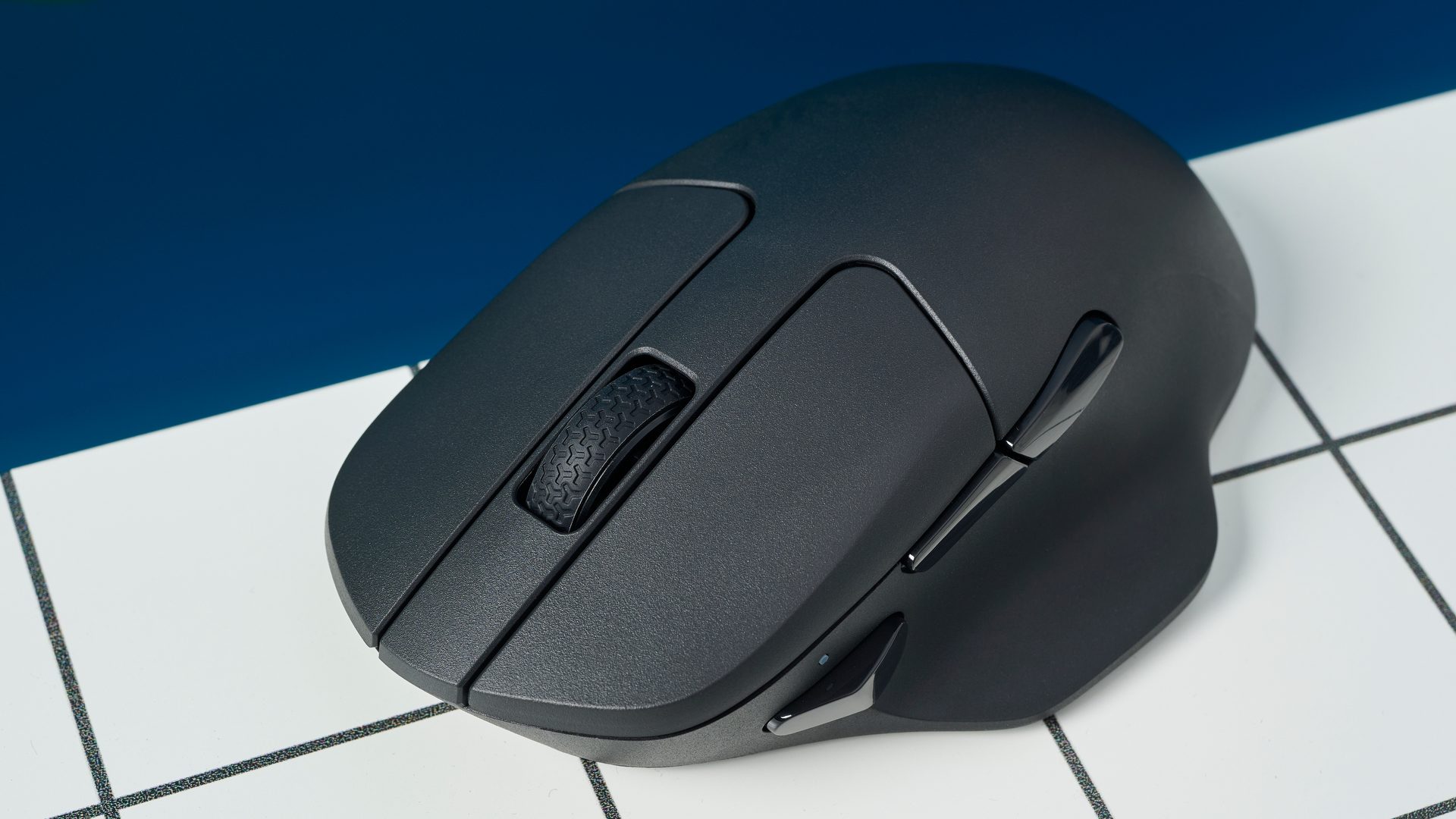
Specifications
Reasons to buy
Reasons to avoid
You might know Keychron for making some of the best mechanical keyboards, but the company also makes reliable gaming mice. Looking to get an edge in Call of Duty: Black Ops 6 or other FPS games? Look no further than the phenomenal Keychron M7.
Starting at $49, the Keychron M7 is a standout in the budget gaming mouse market. With its ergonomic design, it caters to right-handed users who like using both palm and claw grips. The M7 features a high DPI of 26,000 and a 1,000Hz polling rate, enabling rapid precise movements in FPS and RPGs alike. Its lightweight yet sturdy build, thumb rest, and tactile switches enhance comfort and usability, making it a joy to use during long gaming sessions and at work.
The M7’s 26,000 DPI helped us achieve more accurate headshots and chain-stab opponents at close quarters in Counter-Strike: Global Offensive. Clicking the button on the mouse’s underside to change DPI settings on the fly comes in clutch too if you need to reduce the DPI for better accuracy with sniper rifles and other long-range weapons. The M7 is also excellent for offline games like Red Dead Redemption 2 which don’t require twitchy reflexes.
However, this isn’t a perfect mouse as it doesn’t feature onboard dongle storage which we’ve seen on similarly priced and cheaper mice, and its battery life isn’t as great as its competitors’. Furthermore, there’s no left-handed version which is a shame as this would have otherwise been a very easy mouse to recommend.
For those seeking a budget-friendly high-performing mouse, the Keychron M7 is definitely worth considering as it would be a valuable addition to a right-handed gamer’s setup.
Read our full Keychon M7 review.
The best wireless gaming mouse for versatility
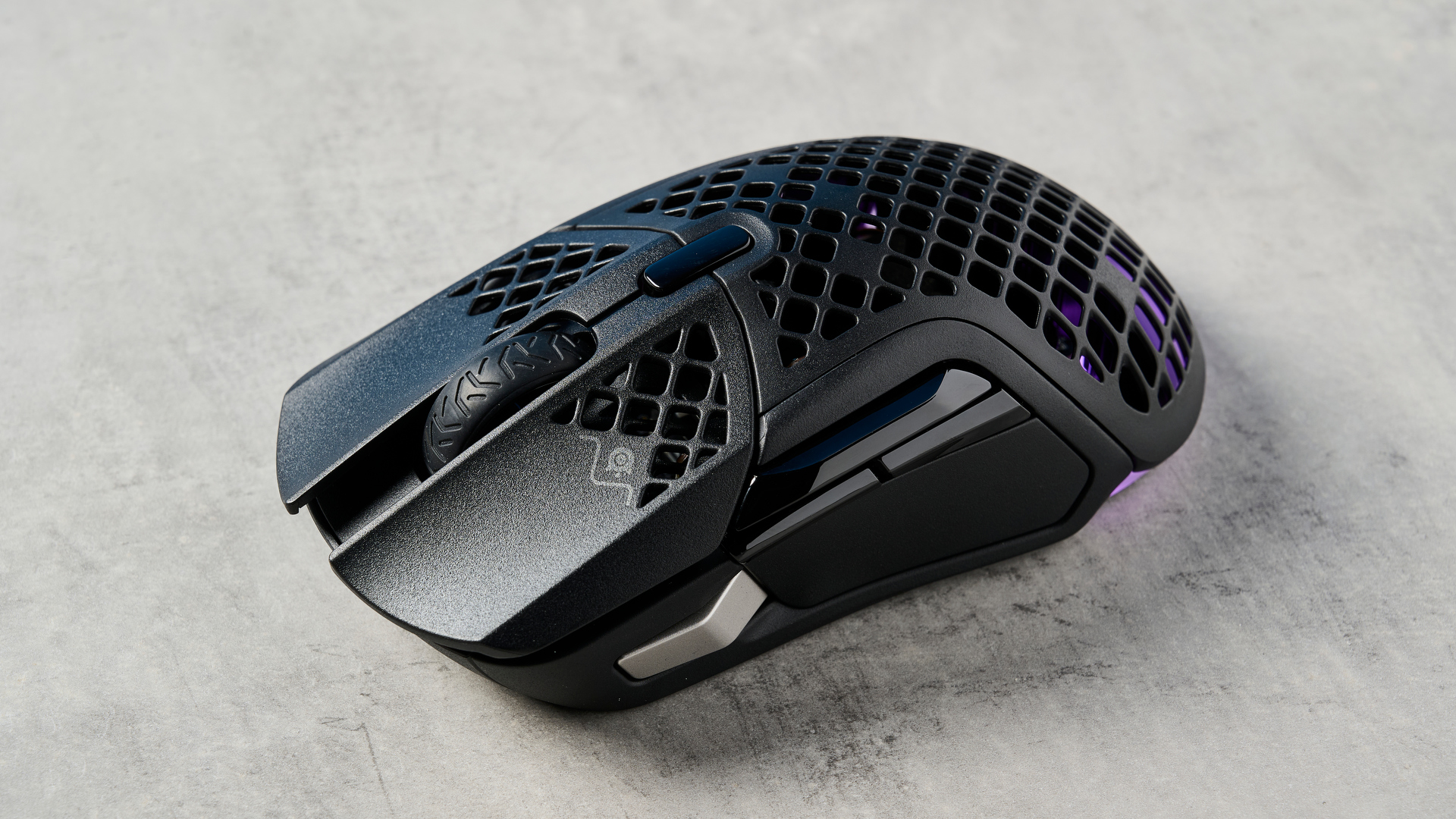
Specifications
Reasons to buy
Reasons to avoid
Gaming mice aren’t just for playing your favorite titles. If you’re looking for a mouse that’s as adept for gaming as it is for work, the SteelSeries Aerox 5 is worth considering. Though its design might be weird to you, we promise this mouse delivers the goods in terms of performance and overall usability.
The perforated honeycomb case may be divisive, but beneath the surface is a mouse that smashes any genre you can throw at it. A total of nine programmable buttons on a mouse weighing just over 2 ounces is impressive and grants much-desired utility across a multitude of game genres and productivity apps.
The Aerox 5 has a highly responsive and accurate sensor that feels amazing to use. It’s lightning fast both in responsiveness and how it effortlessly glides around your desk while playing mouse-intensive games like Europa Universalis IV or League of Legends. The low weight of 2.6 ounces is slightly concentrated in the back of the mouse, which adds to the control you have over it, especially in palm grip.
While a weak battery makes it harder to recommend as your next go-to wireless-only mouse, and it's a little lacking in some high-performance features, the Aerox 5 does so well that it's easy to look past some faults. This is an easy recommendation for anyone who likes variety in their games and isn’t too put off by the honeycomb casing.
Read our full SteelSeries Aerox 5 review.
How to choose the best wireless gaming mouse
Choosing the best wireless gaming mouse for your setup comes down to three main factors: Size, connectivity and price.
Size is the easiest choice to make, as you probably already know whether you prefer large or small mice. If you have large hands or prefer holding mice in a claw grip, you might want a larger mouse. If you have small hands or intend to use your mouse primarily as a laptop accessory, you might want a smaller mouse.
Connectivity is also relatively easy to gauge. Some gaming mice offer wireless connectivity over USB and Bluetooth; others just offer USB. If you intend to use your mouse with a desktop, all you need is USB. If you want to use your mouse with mobile devices or a laptop with few USB ports, Bluetooth can be useful.
Finally, there's price. Wireless gaming mice generally range from $50 up to $150, with expensive models offering more features. Bear in mind that cheaper models tend to be smaller, too.
How we test wireless gaming mice
Tom's Guide tests wireless gaming mice the same way it tests any other gaming peripheral. We use the device as our primary mouse for a few days, evaluating the overall shape, weight and comfort level. Then, we'll dive into at least four different games across four different genres, testing whether the mouse has any particular strengths or weaknesses in-game.
Whenever possible, we'll also spend time manipulating a gaming mouse's software suite, seeing how easy it is to reprogram buttons, adjust RGB lighting and create profiles for individual games.
For wireless mice in particular, battery life is a big concern. As such, we'll monitor how quickly the battery runs down, how long the mouse takes to recharge and how much of a difference options such as lighting and connectivity type make. While we can't always measure a mouse's full battery life from start to finish, we can usually extrapolate after a few days.
Also tested
GravaStar Mercury M1 Pro: was $139 now $99 @ Amazon
The GravaStar Mercury M1 Pro is a gaming mouse that looks like no other, and it’s sure to garner attention if it’s on your desk. But that’s not all. The mouse also wows with its gaming performance thanks to the 1,000Hz polling rate and 26,000 DPI.
Keychron M3 Mini 4K Metal: $109 @ Amazon
Boasting a 4,000Hz polling rate and 26,000 DPI for precise cursor movement, the Keychron M3 Mini 4K Metal is an awesome gaming mouse. It’s lightweight yet sturdy, and its magnesium alloy body is comfortable to hold. However, it’s got a perforated design that might not be to everyone’s liking, along with an impractical gimmicky dongle.
Sign up to get the BEST of Tom's Guide direct to your inbox.
Get instant access to breaking news, the hottest reviews, great deals and helpful tips.

Tony is a computing writer at Tom’s Guide covering laptops, tablets, Windows, and iOS. During his off-hours, Tony enjoys reading comic books, playing video games, reading speculative fiction novels, and spending too much time on X/Twitter. His non-nerdy pursuits involve attending Hard Rock/Heavy Metal concerts and going to NYC bars with friends and colleagues. His work has appeared in publications such as Laptop Mag, PC Mag, and various independent gaming sites.
